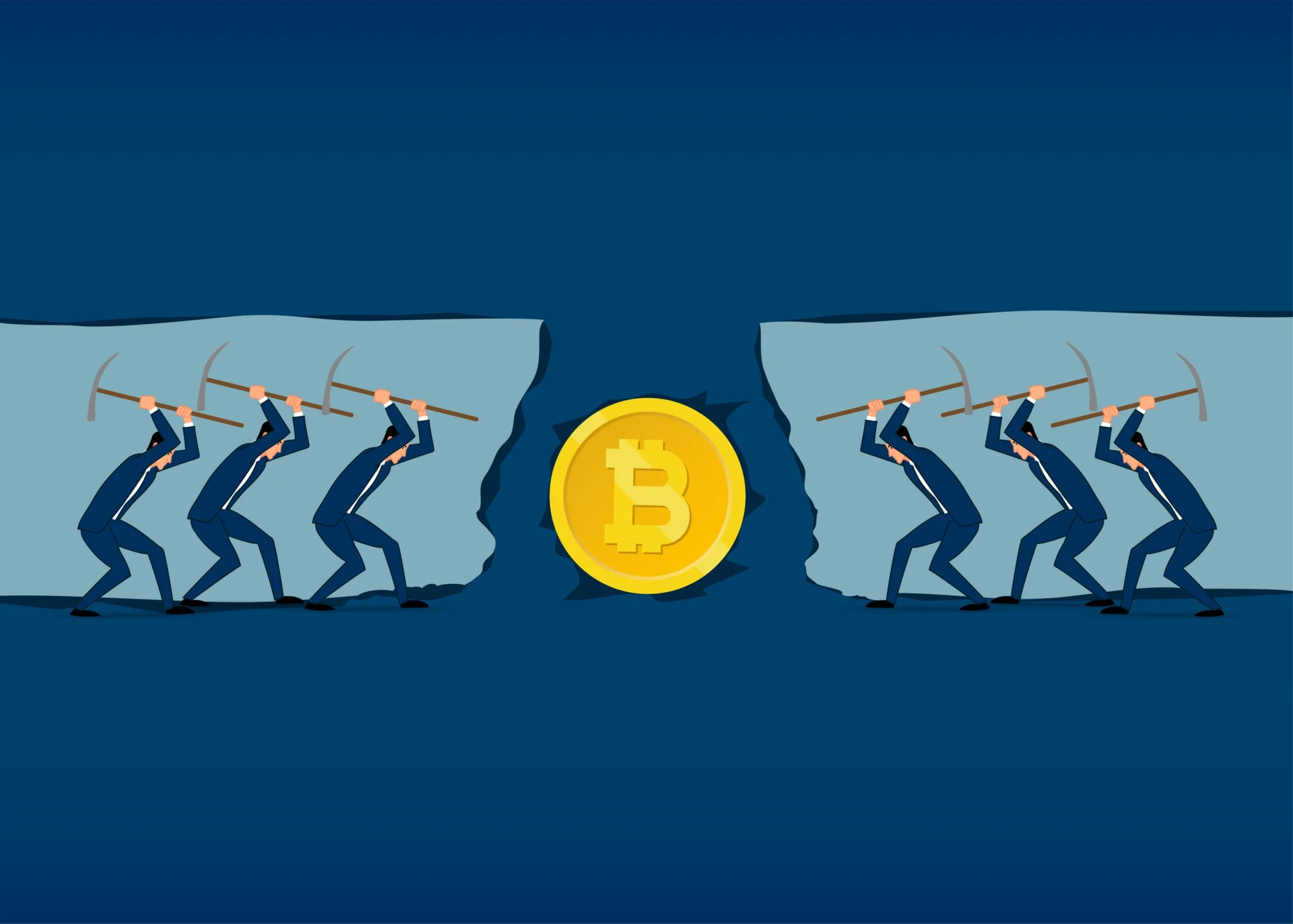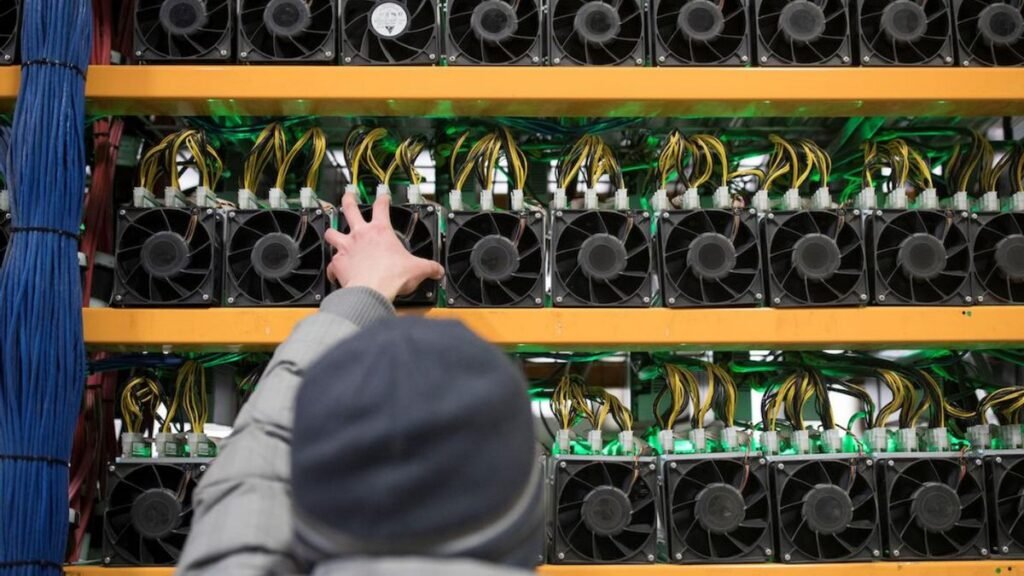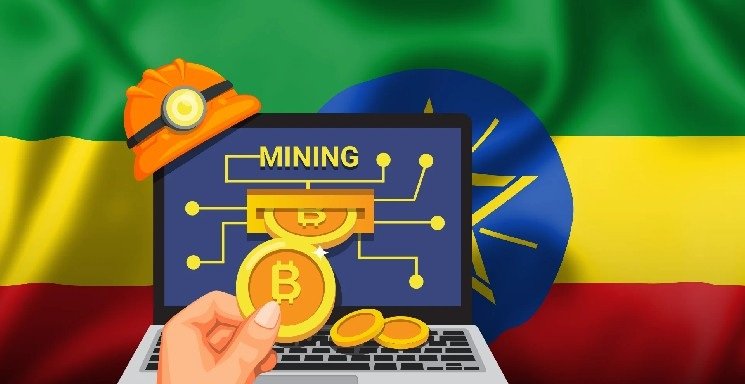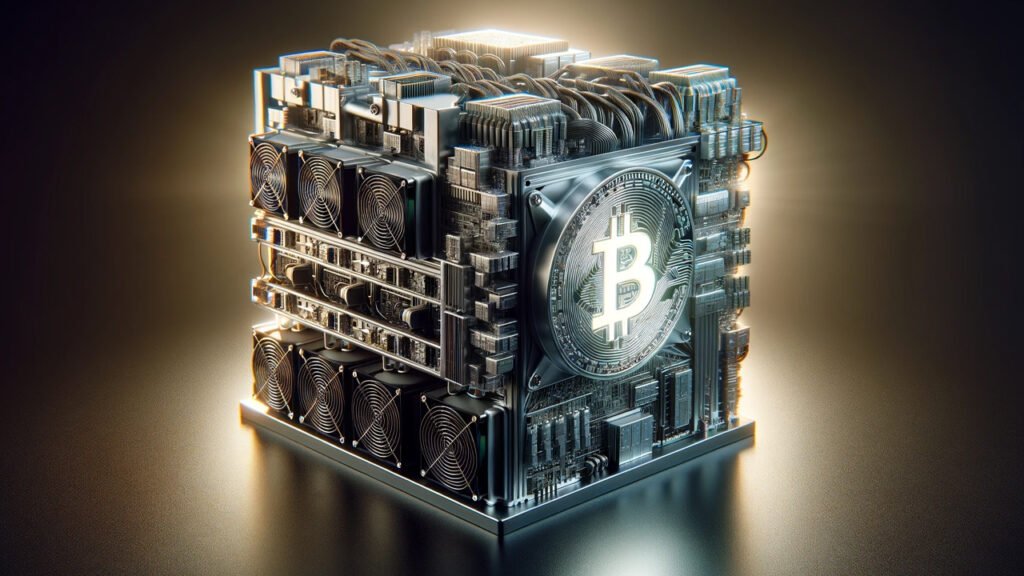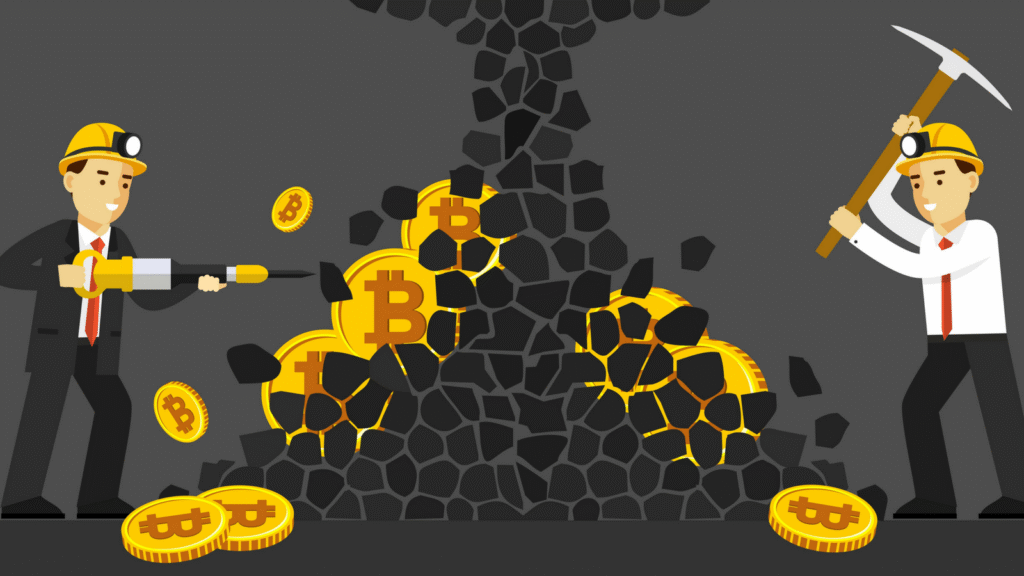Mining one whole Bitcoin isn’t as simple as setting up an ASIC and waiting — it depends on many variables. Below are what determine the time, how to estimate it, and how Bitmern’s model affects the timeline.
Key Factors That Determine How Long It Takes
Several variables combine to define how much time it will take for a miner (or mining pool share) to produce 1 BTC:
- Hash rate of your miner(s)
How many hashes per second your hardware can compute (TH/s). The more hashpower, the higher your share of the total network’s computational power. - Network total hash rate
All miners combined provide the total hashing power securing the Bitcoin network. If this is very large, your share (unless you have a lot of hash power) tends to be small, slowing down your time-to-earn 1 BTC. - Mining difficulty
Bitcoin’s protocol adjusts difficulty every ~2,016 blocks (≈ every two weeks) so that blocks are found roughly every 10 minutes. As more miners join (or more efficient miners come online), difficulty rises. More difficulty means more work needed to solve each block. - Block reward + transaction fees
Each block mined yields a block reward (currently 3.125 BTC as of the last halving in April 2024) plus any transaction fees included in the block. If rewards are higher (or fees are high too), you might hit 1 BTC faster. But rewards are cut roughly every four years (a “halving”). - Joining a mining pool vs solo mining
Solo mining means you try to find blocks by yourself — but that’s very unlikely unless you have huge hash power. Pooling hash power means you share rewards. Even though your reward share is smaller, you’ll receive BTC more steadily. - Efficiency, uptime, energy costs, firmware, cooling, maintenance
If your hardware runs less (due to downtime or inefficiency), or your energy costs are high, that delays when you “net” 1 BTC (considering your costs). Better efficiency (lower watts per TH, good cooling, optimized firmware) accelerates your effective earnings.
Estimating Time: A Rough Formula
Here’s a simplified method to estimate how long it might take you to mine 1 BTC, given certain parameters:
Your share of network = (Your hash rate) / (Total network hash rate)
BTC per block = Current block reward (plus fees)
Blocks per day ≈ 144 (since roughly 1 block every 10 min = 6 per hour × 24 hrs)
Your daily expected BTC = Blocks per day × BTC per block × (Your share of network)
Time to mine 1 BTC ≈ 1 / (Your daily expected BTC)
Example Calculation
Let’s assume:
- You have a miner with 234 TH/s (for example, Bitmain S21 Pro)
- The total network hash rate is ~150 EH/s (150,000,000 TH/s) — note: this is just an illustrative number; real network hash rate fluctuates.
- Block reward is 3.125 BTC
- You are part of a mining pool (so you get your share of rewards steadily)
- Your miner runs at high uptime and efficiency (negligible downtime)
Compute approximate share:
Share = 234 TH/s / 150,000,000 TH/s = 0.00000156% of network
- Blocks per day × block reward = 144 × 3.125 = 450 BTC issued per day (across all miners)
- Your daily expected BTC = 450 × 0.0000000156 = approx 0.00000702 BTC/day
- Time to get 1 BTC ≈ 1 / 0.00000702 ≈ ~ 142,450 days, or ~ 390 years
So unless you scale up hardware massively, solo mining to earn 1 BTC is not realistic in short time frames. Pooling scales that down (you’ll earn small fractions more frequently).
How Bitmern Helps Speed Up the Process
Working with a hosting service like Bitmern significantly improves your results because:
- You get high-efficiency miners (strong TH/s vs power draw).
- Hosting with good uptime means less downtime lost.
- Low electricity, optimized cooling, and firmware boosting improve efficiency.
- Pool mining is standard — rewards are more predictable.
- Transparent dashboards to see real-time performance; you know exactly where you stand.
Because of all this, a miner under Bitmern is likely to reach “net 1 BTC” (after considering costs) far faster than someone mining alone, with less efficiency, or with higher energy/equipment overhead.
Realistic Expectations
- If you deploy multiple high-TH/s machines (say 5, 10, 50 machines) and use a pool, you might earn 1 BTC over months or a few years depending on scale, network conditions, energy cost.
- Smaller rigs might take decades or longer.
- Returns diminish after halvings, so waiting too long may reduce block rewards, making the timeline longer unless efficiencies improve.
Final Thoughts
Mining 1 BTC isn’t a fixed journey — it’s shaped by your hash power, network hash rate, difficulty, uptime, and efficiency. Using a strong hosting partner like Bitmern helps optimise nearly all of those variables, tipping the scale in your favour.
If you want, I can run sample estimations using actual Bitmern miner models (S21 Pro, AT2880, etc.) so you can see how long it might take under Bitmern’s hosting.

